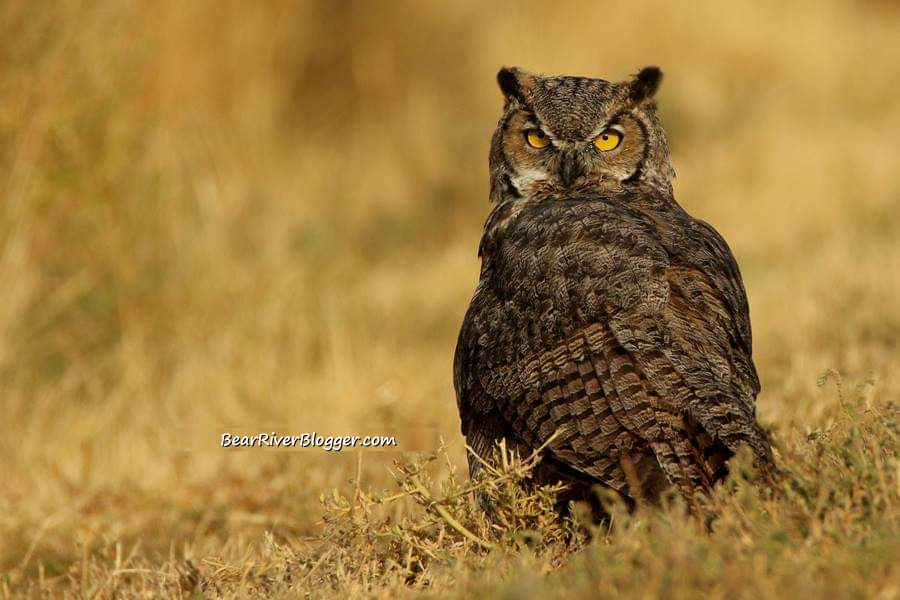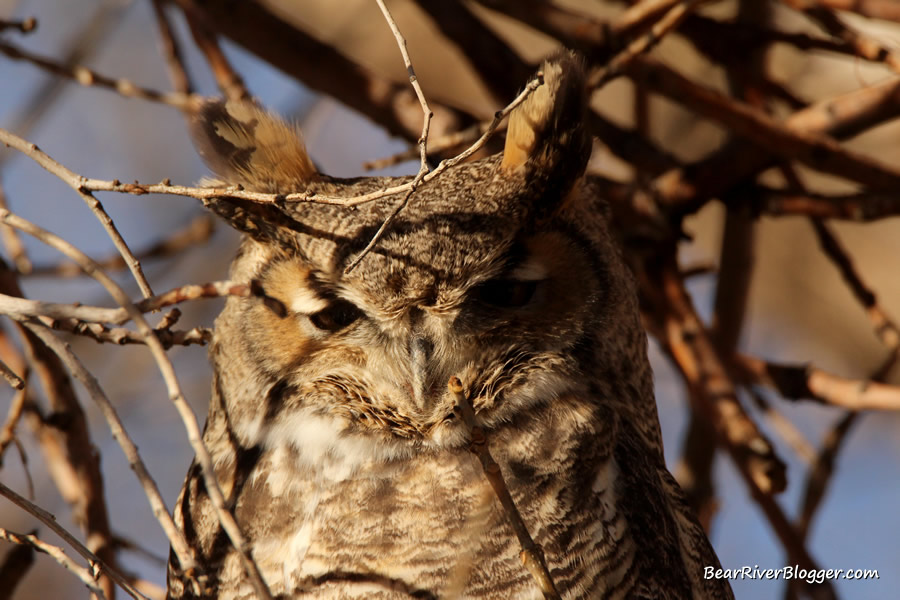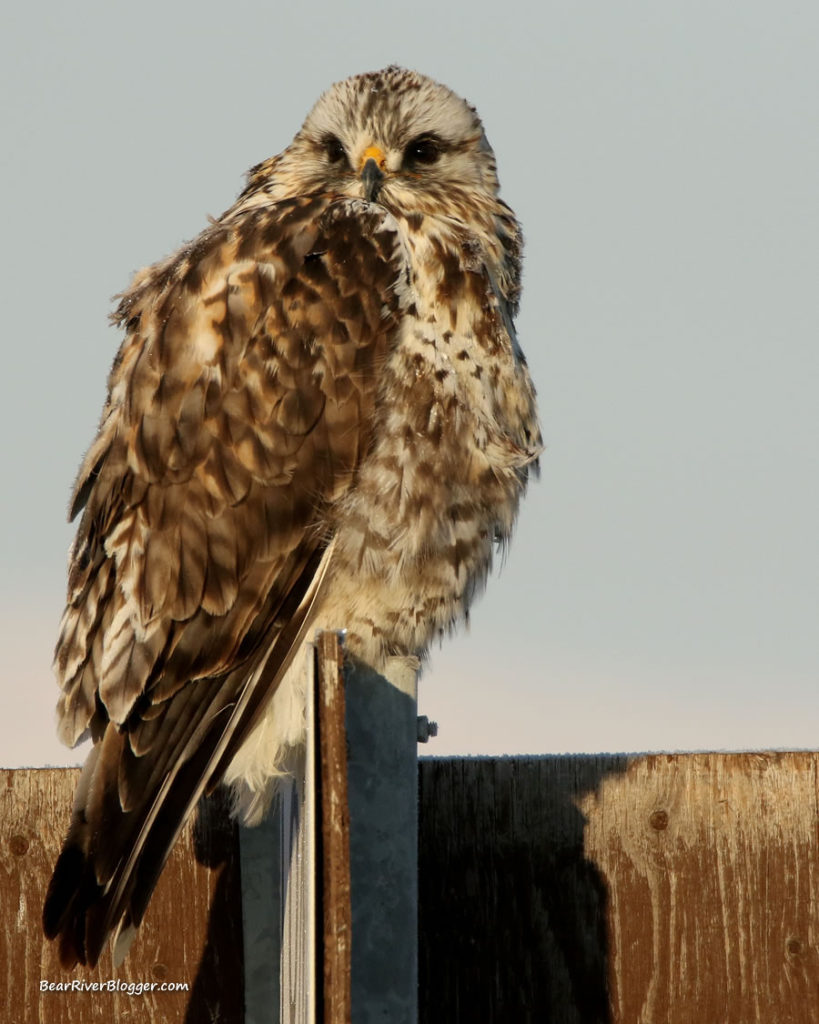For me, being a blogger doesn’t come very easily. In fact, there are plenty of times when it is extremely taxing, especially when I struggle to find interesting ideas to add to the blogosphere.
That, in a nutshell, is the hardest part of this job, finding compelling content to write about that is not only entertaining but also a little bit educational for you, the reader, as well.
This morning was certainly no exception as my brain was seemingly off on vacation somewhere else, leaving me in the lurch to come up with a topic to blog about all on my own. Trust me, that’s not a very lucrative scenario to bet on if I was indeed a betting man.
But, as luck would have it, an idea did come to me when I went outside to feed the dog. As I placed the dish full of dry kibble down on the cold concrete, I casually thought to myself, “Why not just write about that great horned owl quietly perched in the tree over there?”

As the realization of the pending current situation began to sink in, my mind started to wake up and the thought “What? I have an owl in my tree?” became the first actual sign of life from my lackadaisical brain this morning.
Trust me, no amount of caffeine could have invoked such a rapid response like this great horned owl did being so close by and it being so early in the morning.
Yes, as it were, I do indeed have a great horned owl perched in a tree in the corner of my yard this morning. It’s not a rare or even an uncommon occurrence for me if truth be told.
But today, I have to say, it was a greatly needed boost to my recent writing slump. And as a result, I will indeed write about this most incredible bird, which is currently safely nestled in a quiet corner of my earthy domain.
Great horned owls are constantly leaving me presents, little mementos of their stay here in the form of owl pellets. But actually seeing an owl in my yard is not nearly as common as finding their daily calling cards left on my lawn or driveway.
What Do Great Horned Owls Do During The Day?
During the day, great horned owls find a safe, quiet place to roost, such as an old tree or an abandoned building, of sorts. They prefer places with little to no noise or distractions so they can rest undisturbed.
Most of the day, they can be observed with their eyes closed. This is, in fact, a good sign that the owl feels safe and comfortable. Their large, strong talons will securely grip the branch, so even during sleep, they are safely perched on the limb. They will sit in one location all day long if they feel safe and un-threatened.
The owl in my yard has, in fact, sat there all day long. It is now almost 5:00 pm and he is still in the exact location where I found him this morning.
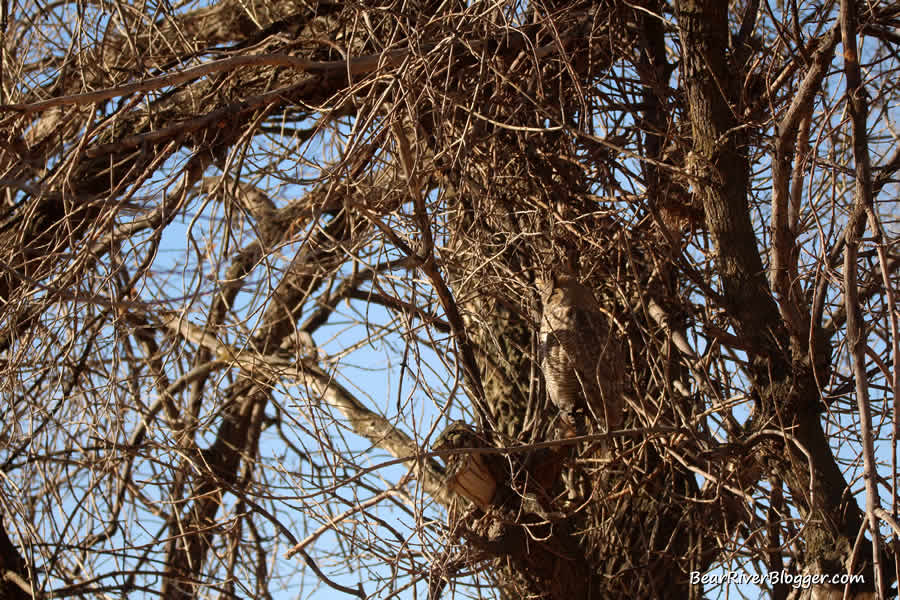
Large trees, like the ones in my yard, are perfect for owls to roost in during the day. Over the years, I have been treated to numerous daylight encounters with great horned owls roosting just a few short yards from my back door.
Owls are nocturnal creatures, meaning they hunt and are most active during the night. This daylight roosting is critical for them to rest and is a reason why great horned owls should be left alone, only to be observed from a distance when found during daylight hours.
Fortunately, I do have a 600 mm lens on my camera and I was able to get some great images of this owl from quite a distance away.
How Do I Find Great Horned Owls?
I have found, from my own experience, that is, to locate a great horned owl you need to look down instead of up. Yes, I know that sounds counter-intuitive but once your in an area great horned owls are known to use, locating them by searching the ground for owl pellets is the easiest way to find these large nighttime predators.
Once I find a fresh owl pellet on the ground, usually near a large tree, I start to search the limbs above and in nearby trees as well. Owls will roost for a bit to expel a pellet and oftentimes they will stay perched nearby if their hunting activities are over for the night.
Finding constant and fresh owl pellets is the best way to confirm owl activity and to help find great horned owls in an area, especially an area with large trees.
Today, in fact, I found three fresh owl pellets in my yard, so even without spotting the great horned owl, I knew there was recent owl activity in my yard at night.
Where Do I Find Great Horned Owls?
Great horned owls are a very widespread owl across North America. They can and do utilize a variety of deciduous, coniferous or mixed forests, swamps, woodlands, orchards, agricultural areas, and even some deserts. Their territories usually include some open habitat such as fields, wetlands, pastures, or croplands and they can even inhabit wooded parks, cities, and suburban areas.
Here in Utah, I have seen them in high mountain forests, in large agricultural areas, as well as out in the local marshes. I have also seen them perched in trees in high-density suburban areas at times.
Great horned owls can be in a variety of places as long as there is a stable source of food nearby, which includes not only rodents but birds and other animals as well. Trees are also important as great horned owls need a safe place to roost during the day and to hunt from at night.
Are There Great Horned Owls On The Bear River Migratory Bird Refuge?
The Bear River Migratory Bird Refuge does indeed have a few great horned owls using its wetland habitat but they are the most uncommonly seen owls on the refuge for much of the year. The exception to this is during breeding season when a pair of owls are commonly seen on a man-made nesting structure on the maintenance shed at the start of the auto tour route.
Normally, it is extremely rare and out of character for me to divulge nesting bird locations, especially for high profile and sought after birds like the great horned owl. In this particular case, however, the man-made nest is a fairly well-known fixture to the refuge and it is in a secure location, guarded by a chain-link fence and part of the Bear River.
The nest is easily observed without disturbing the owls, so this is one exception where the location of a nest can safely be given.
I have also seen a few owls on the refuge auto tour route, but it is quite uncommon to come across a great horned owl on the 12-mile loop. Over the past decade or so, I can only think of maybe two occurrences where I found a great horned owl on the long gravely drive around the refuge.
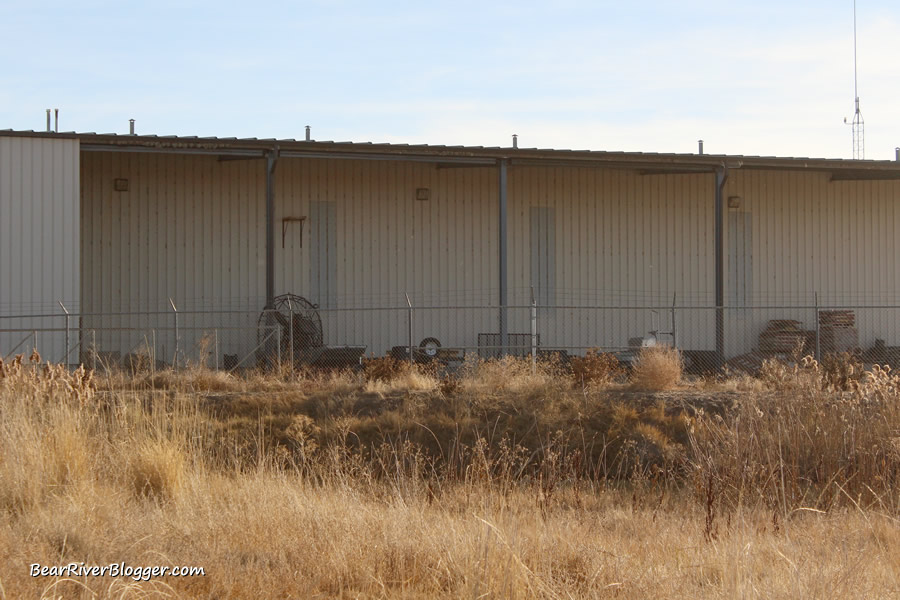
Owl Pellets
Some people might not know this, but owl pellets are regurgitated parts of the small animals owls eat but cannot digest. They, in turn, expel these balls of fur, bones, feathers, and anything else they cannot digest in the form of a pellet.
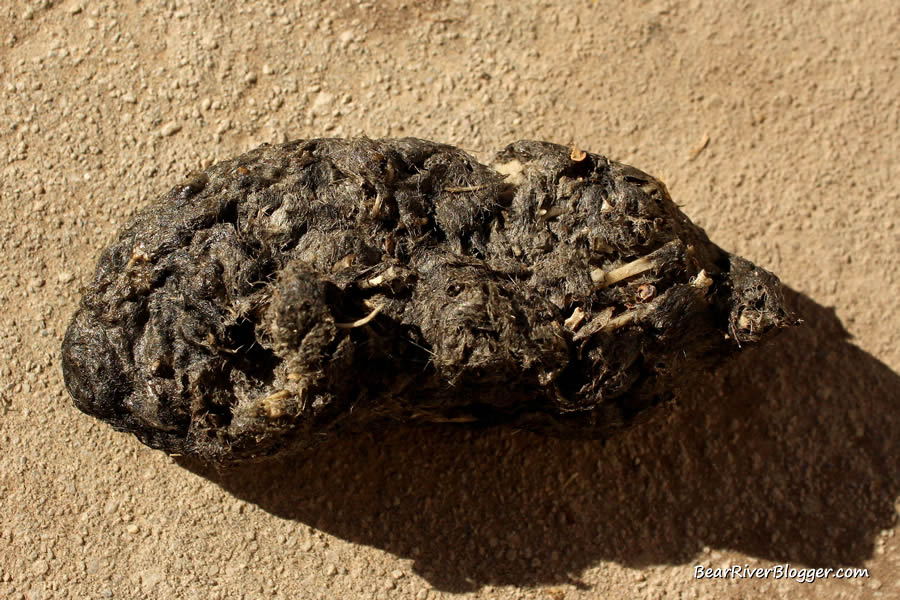
Owls commonly eat mice, voles, small birds, and a variety of other animals, but they are not capable of digesting some of the matter, such as bone, fur, and feathers. Expelling pellets are their way of ridding their body of these undigestable materials.
Collecting and dissecting owl pellets is a way biologists can determine what the owls are successfully hunting and eating.
For example, I collected three owl pellets in my yard this morning. After pulling them apart and looking at their contents, I can easily determine this great horned owl has been hunting mice and voles with great success.
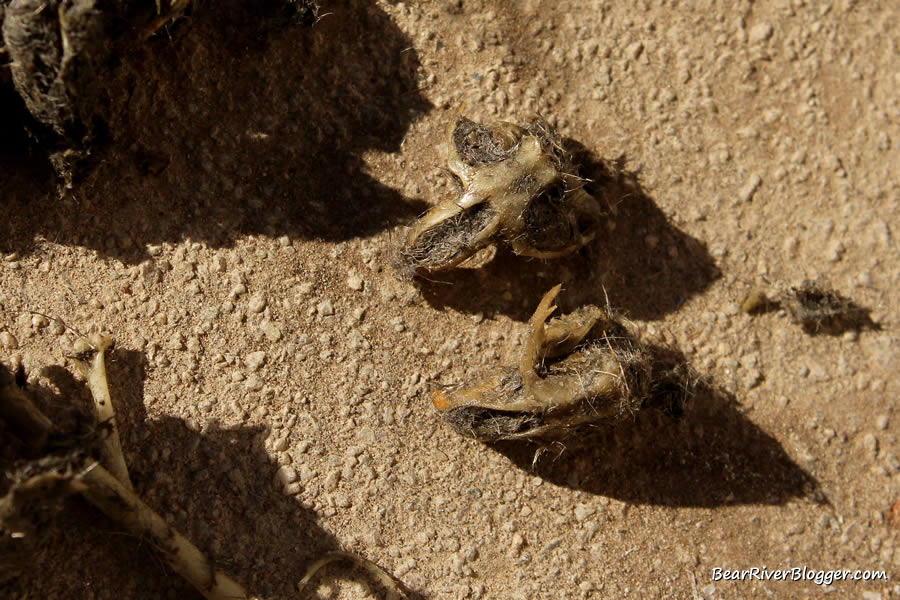
Look closely, and you can even see the undigested skulls in the pellet debris, which gives a great indication of what the owl was recently eating.
Great horned owl pellets are quite large, ranging from two to three inches in length. The three pellets I found this morning were all three inches long.

Owl Hooting
It’s mid-November, and one of the more common sounds around my house this time of year is the nighttime hoots from great horned owls.
Hooting is a way for owl pairs to find each other and to start another breeding season. Hooting is also a way for great horned owls to vocally proclaim their territory from other great horned owls.
This is also a way to know if you are in owl-country or not. Each fall, owls will hoot back and forth at night, starting just about the time dusk sets in. If you consistently hear owls hooting in a particular spot, you are indeed within their territory.
A couple of nights ago as the sun was going down, I had two owls hooting back and forth just outside my window. One was high atop the power pole and the other was in a nearby tree.
Unfortunately, as you can tell from this very poor image, this was not the best time to photograph owls because of the extremely low light, but it is exciting to hear great horned owls hooting so close-by, nevertheless.
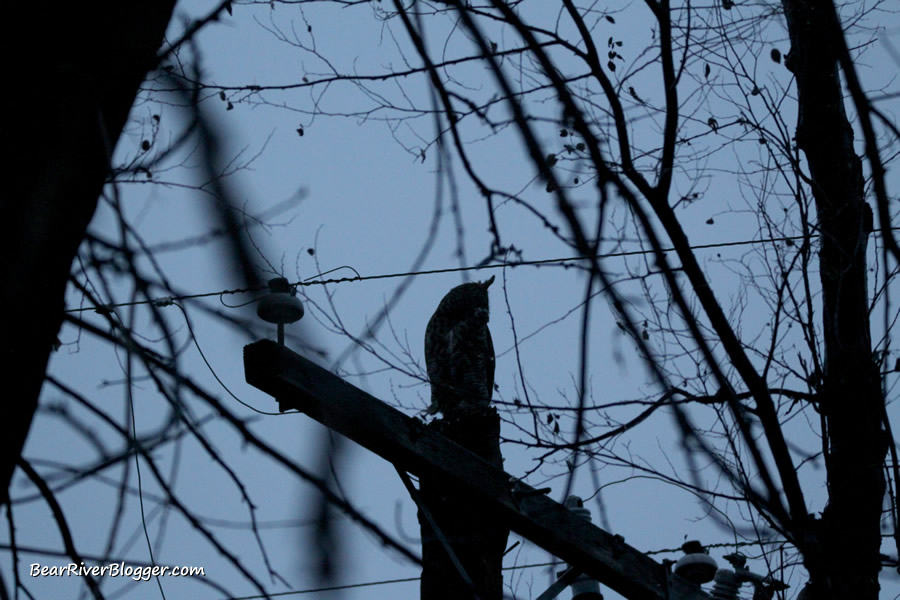
Conclusion
Great horned owls are an exciting bird to find and photograph. Today was one of those days for me as I found a great horned owl perched in my yard.
Finding great horned owls can be tricky because they are nocturnal but putting yourself out in their commonly used habitats and listening for owl hoots at night can help narrow down the search.
Once an area for great horned owls is determined, locating owl pellets on the ground will give more evidence to where these most majestic and regal birds live and roost during the day.
Even though they are strong hunters and at the top of the food chain, we still need to give the great horned owl its space when we do come across one in the wild. Today, the owl in my yard sat peacefully on its perch all day, with only a few images taken by me from a safe distance, thus letting the owl get its much-needed rest.
Hopefully, by not disturbing him, this owl will return and make my yard a regular daytime roosting spot. We shall see, I guess, but I am certainly hoping for more backyard sightings of this great horned owl.
For more information about owls, each year the Bear River Migratory Bird Refuge holds an annual “Owl Day” event where numerous activities and live owl demonstrations are available for visitors. Check with the refuge headquarters for more information about this event.
Subscribe To Our Blog
We appreciate your readership and suggest if you like this blog to head over to our subscription page and sign up for email notifications for future blog posts.
Bird Watching Apparel
If you’re looking for birding related gifts and apparel for someone, take a look at our online store featuring some of our own photographs turned into unique gifts.
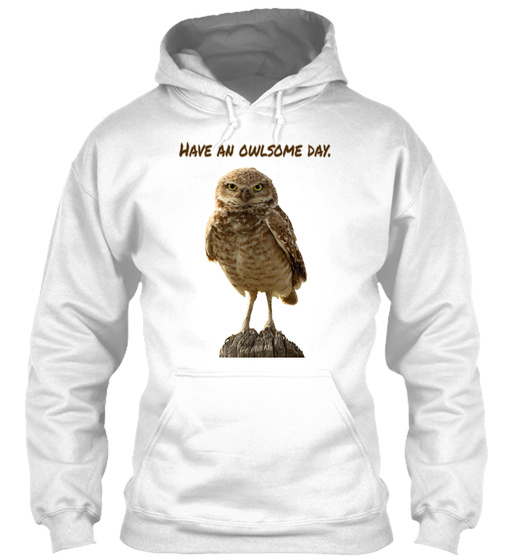
As a reader of our blog, Bird Shirts and More offers you 20% off all products on our store by using the coupon code save20 during checkout.
Visit their website to check out their latest offerings as newly designed products are constantly being added so check back often.
